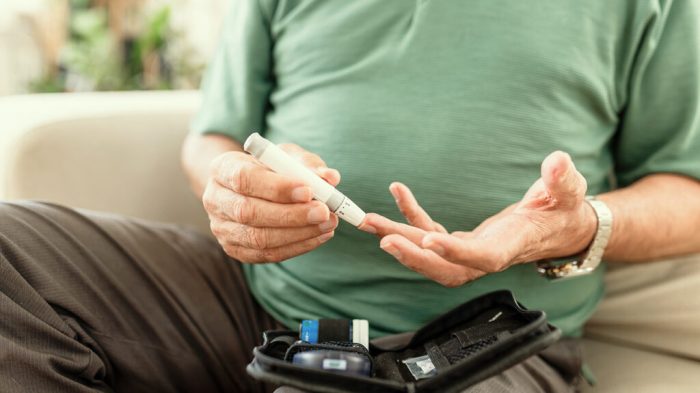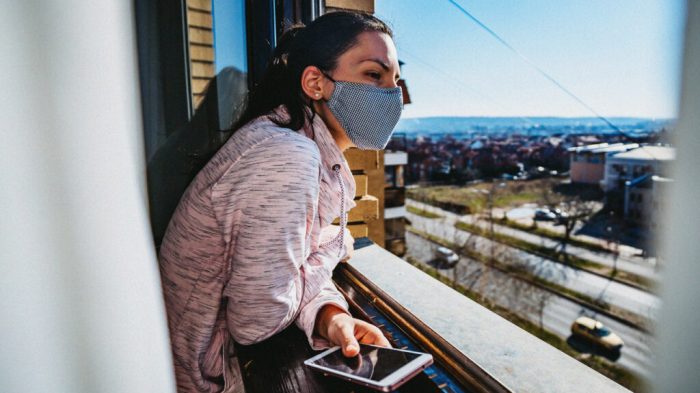A trial suggests that in patients who are no longer responding to metformin, taking a combination of two newer drugs is safe and yields clinical benefits for at least 2 years.
Insulin helps regulate the amount of glucose circulating in the blood. In type 2 diabetes, the body does not produce enough insulin, its cells no longer respond effectively to the hormone, or both.
In the long term, high blood glucose levels can cause a wide range of debilitating and potentially life threatening complications. These include high blood pressure, damage to organs such as the heart and kidneys, nerve damage, and blindness.
According to the Centers for Disease Control and Prevention (CDC), type 2 diabetes affects more than 30 million individuals in the United States and accounts for 90–95% of all cases of diabetes.
Type 2 diabetes used to be called adult-onset diabetes because it mostly affects people over the age of 45. But in recent decades, rates of type 2 diabetes in children, teenagers, and young adults have increased in the U.S.
Lifestyle changes can control or even reverse the condition. Doctors also prescribe drugs to stabilize patients’ blood glucose levels.
The first-line treatment is metformin, but in some patients, the drug’s efficacy can decline over time, necessitating alternative treatments.
Drug combination
A clinical trial called DURATION-8 investigated a combination of two newer drugs — exenatide and dapagliflozin — in patients whose blood glucose levels did not respond to metformin.
Initially, the trial lasted 28 weeks, but it was later extended to 52 weeks. The results suggest that the combination was safe and continued to be more effective than either drug alone.
In addition to stabilizing blood glucose levels, the drug combination was associated with lower blood pressure and body weight.
The researchers report in the journal Diabetes Care that the drug duo remained safe and effective 2 years (104 weeks) after treatment began, following a second extension of the trial.
“Many therapies in diabetes management are short-lived, which is why it is useful to test for long-term effect,” says first author Dr. Serge Jabbour, director of the division of endocrinology and the Diabetes Center at Thomas Jefferson University in Philadelphia, PA.
Exenatide belongs to a class of drugs called glucagon-like peptide-1 receptor agonists, which work by promoting insulin secretion, reducing the release of glucose from the liver, and increasing the feeling of fullness after a meal.
Dapagliflozin belongs to a class called sodium-glucose cotransporter-2 inhibitors, which boost the amount of glucose that is excreted in urine.
“These two classes work synergistically to help control a type 2 diabetes patient’s glucose levels and other measures associated with diabetes,” says Dr. Jabbour. “We can now feel more confident about prescribing these medications long term.”
AstraZeneca, which makes branded versions of both drugs, funded the study. The company also played a role in designing the study, gathering the data, and evaluating it.
Study design
The researchers randomly assigned 695 adults with type 2 diabetes whose blood glucose was not adequately controlled by metformin to three treatment groups:
- a weekly injection of exenatide and a daily oral dose of dapagliflozin
- weekly exenatide and daily oral placebo
- a weekly placebo injection and daily oral dapagliflozin
After 2 years, 431 patients remained in the trial. Most of the participants who dropped out did so because they did not want to sign up to an extension of the trial.
After adjustments for other possible contributing factors, those who received both drugs saw the greatest average reduction in their glycated hemoglobin (HbA1c) levels — a measure of the stability of blood glucose levels — compared with the start of the trial.
In patients who took both drugs, there were also improvements in blood glucose levels after fasting and 2 hours after eating, and reductions in body weight and systolic blood pressure.
The researchers report that patients tolerated well the combination of exenatide and dapagliflozin.
While patients experienced no episodes of major hypoglycemia (dangerously low levels of blood glucose), there were more episodes of minor hypoglycemia in patients who took both drugs compared with the other two experimental groups.
Conclusions
The authors conclude that the clinical benefits of taking both drugs were maintained for 2 years, with “no unexpected safety findings.” They continue:
“Further studies are needed to investigate whether the combination treatment effects observed in DURATION-8 could potentially extend to a reduced incidence of [cardiovascular] and renal events in patients with type 2 diabetes.”
The authors acknowledge that the relatively high proportion of patients who withdrew from the study after 1 year limits the “robustness” of its findings after 2 years.
Finally, they note that their findings may not apply to all patients. Treatment should be tailored to individuals and modified according to how well they progress.










